The Nefarious Connection Between Ugly Modern Art And Money Laundering
Have you ever wondered why most modern art feels like someone is playing a prank on you? It may be in part because it’s covering up dirty money.
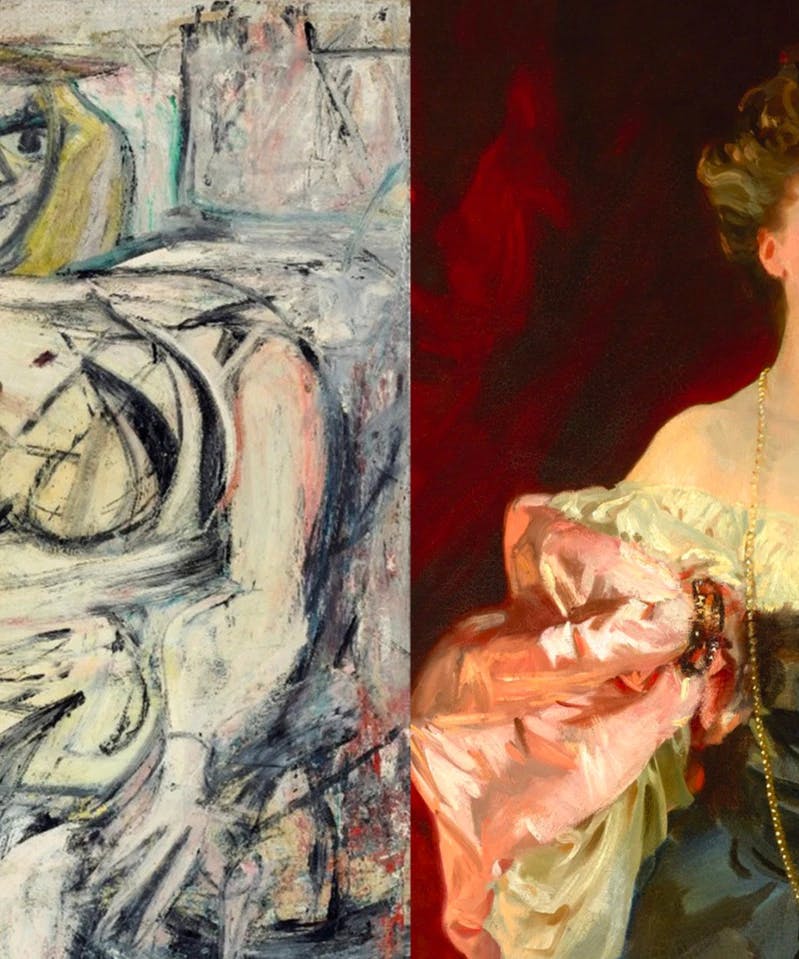
Because the value of modern art is entirely subjective, it’s very easy to launder money behind paintings. This, coupled with the lowering of standards in art, has deteriorated the modern art world.
Objective Value vs. Subjective Value
It’s easy to see why someone would spend a lot of money on a historically significant, intricate, skillful, or creative piece of work. Tour the Metropolitan Museum of Art in New York City and you will see plenty of examples of impressive and expensive historic art. “Ancient Rome” by Giovanni Paolo Panini is housed there, and it’s truly a sight to behold. Painted on a 67 x 90½ inch canvas, it’s hard to fathom the amount of labor and skill that went into creating such a large and detailed piece. It’s easy to understand why a piece like this would be sold for thousands, perhaps millions. It’s skillful, detailed, representational, aesthetically pleasing, and stands the test of time.
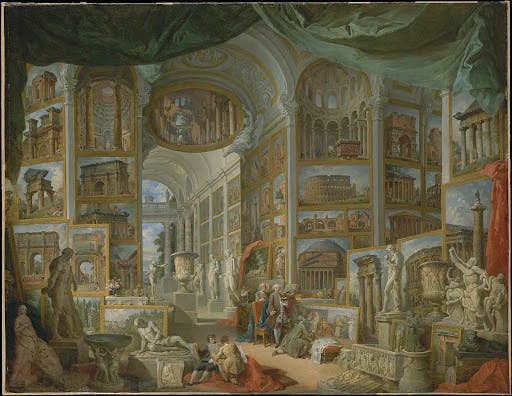
“Ancient Rome” by Giovanni Paolo Panini (1757). Public Domain.
Compare this skillful 18th-century piece to modern art. Cy Twombly’s “Untitled” was created in 2005, over 200 years after Panini’s masterpiece. It’s just a big red scribble on a canvas, yet it’s valued at $46 million dollars.
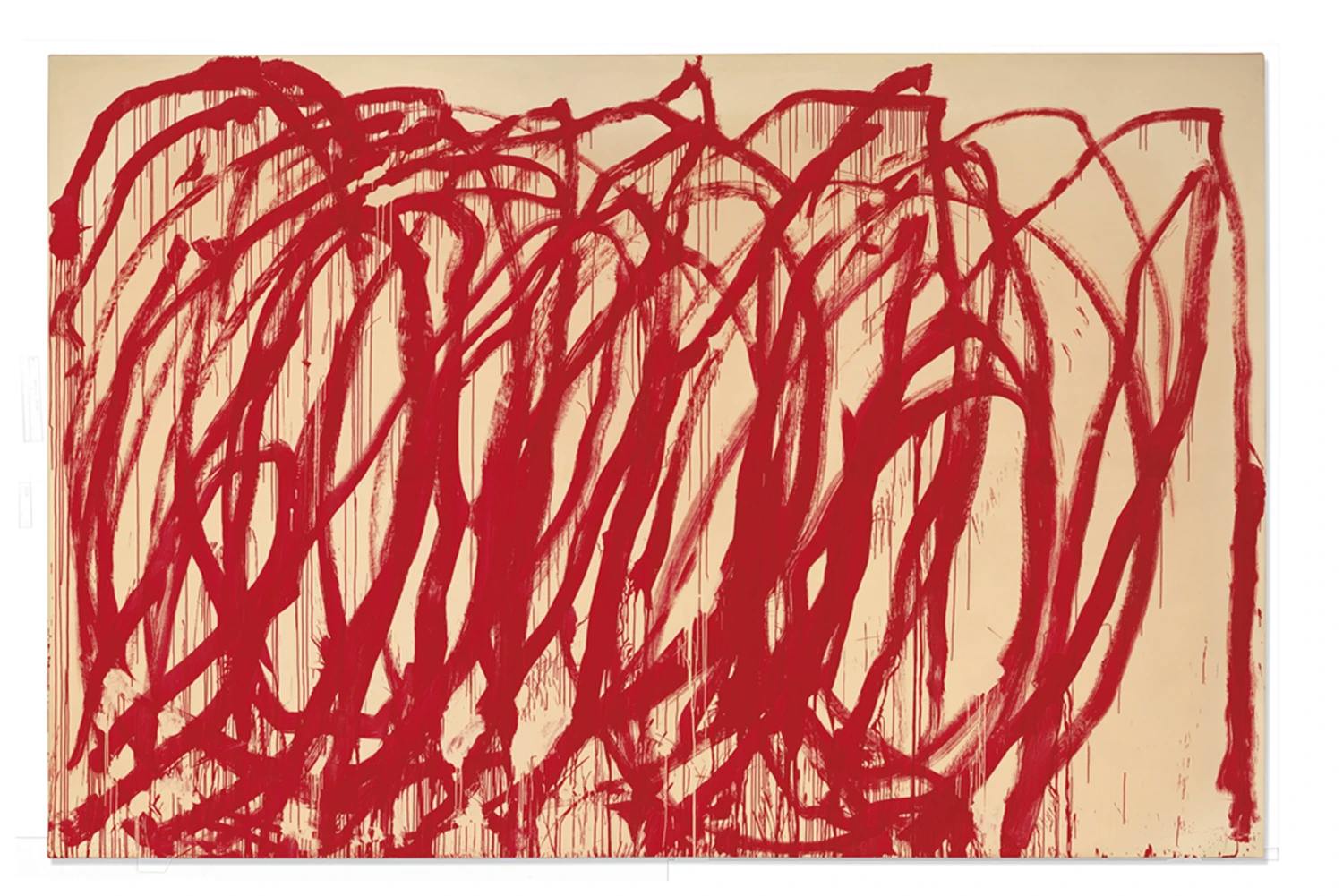
Cy Twombly’s “Untitled” (2005). Fair Use Image Source.
Anyone with a modicum of sense can see this is childish, low effort, ugly, and uninspiring, all the things art should not be.
"Woman III" by Willem Kooning, completed in 1953, is even worse. It’s a scribble of a distorted, nearly unrecognizable, naked female in dull colors. You could argue that the painting is downright dehumanizing, yet it’s the fourth most expensive painting ever sold. In November 2006, an American millionaire sold it to a billionaire for $137.5 million. Yet the painting is objectively hideous.
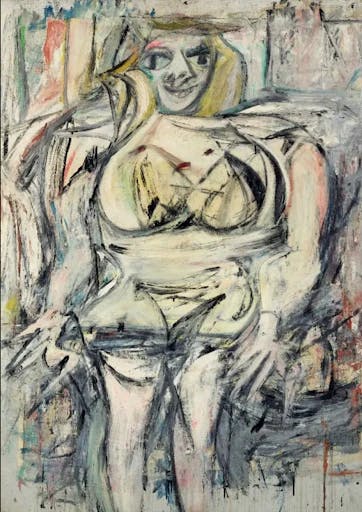
"Woman III" by Willem Kooning (1953). Fair Use Image Source.
A recent example is Maurizio Cattelan’s “The Comedian,” a rotting banana duct-taped to a wall that caused a media commotion at Art Basel in 2019. It sold for a ridiculous $120,000.
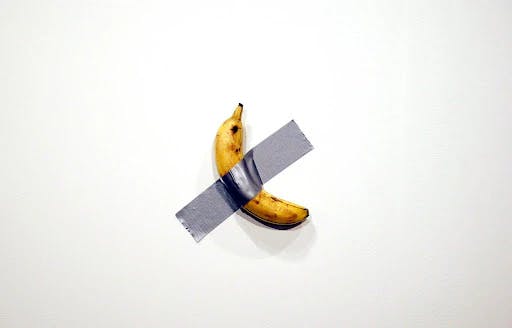
“The Comedian” by Maurizio Cattelan. Fair Use Image Source
What is going on here? Are we being made fun of? How can we go from art that’s meaningful, historic, skillful, and masterful, to rotting fruit and ugly scribbles in just 200 years’ time? Maybe rich people are just easily fooled, but I think the answer lies in plain old corruption, both of our collective beauty standards and our money. While it’s a bit chicken-or-the-egg, over the past two centuries objective standards of beauty have been corrupted and so has the money that funds the art world.
Ugly Art and Dirty Money
The prices of the hideous art I shared above are very suspicious, and many online have been speculating that a blend of money laundering and constant boundary-disintegration in the modern art world has resulted in the mockery and ugliness we see in contemporary galleries today. It doesn’t matter what the art looks like because it’s not about making good art – it’s about covering up dirty money.
It’s easy to launder money through paintings because the art market doesn’t have a clear and set market value like other industries do. Money laundering is rampant in the art world because it’s just easy to get away with; it’s much harder for a regular business to launder money. If a coffee company charged $10,000 for a bag of beans or a piano store sold over 1,000 pianos in a day, it would quickly attract the attention of the authorities because these items generally have a set market value. The price point is determined by demand and supply, among other factors. In the art world, nobody finds it odd if someone buys a scribble on a canvas for $50,000 because “beauty is subjective” (even though it’s really not).
Art is also very easy to smuggle and move around. It can be easily hidden, and people can say that it’s in a “private collection” so no one knows where it is. Art pieces disappear for years in some cases. This makes it a very attractive method for people who want to cover up laundered funds.
In 2020, a Senate report found that "a pair of Russian oligarchs with ties to Russian President Vladimir Putin allegedly seized on the secrecy of the art industry to evade sanctions by making more than $18 million in high-value art purchases."
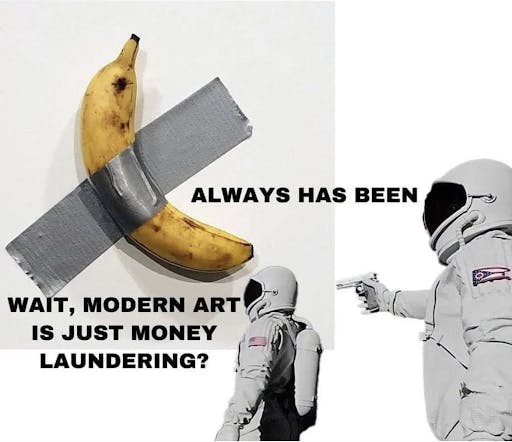
If It's Not Money Laundering, It's Tax Evasion
In her book Dark Side of the Boom: The Excesses of the Art Market in the Twenty-First Century, art market reporter Georgina Adam explains how contemporary art has gone beyond "owning a pretty painting" to now being viewed as a financial asset, along the lines of equities, bonds, and real estates. She often sees artwork used to evade taxes and launder money, with artists focused more on creating what will sell easily than what is objectively high quality or beautiful.
Art collectors and buyers have creative ways to use artwork as a way to defer paying taxes, including the "establishment of private museums and foundations, storing artworks in offshore freeports where they can be exchanged without incurring customs duties or VAT, and loopholes in the tax code such as “like-kind” exchanges."
The loopholes which art dealers now so expertly exploit were actually first established in the 1920s to help farmers defer taxes on livestock trades, also known as "like-kind exchanges." This same system is now regularly used by art collectors to avoid paying taxes on their income: so long as they use the income of one sale to purchase another piece within 180, they can put off their taxes indefinitely.
It's hard to believe there isn't much, much more than meets the eye to pieces like “The Comedian” and “Untitled.” No one in their right mind actually believes a rotting banana taped to a wall is art, and you’d have to be pretty good at lying to make up some deeper meaning for it. “Woman III” is a downright insulting depiction of a woman (imagine getting your portrait done, and that is what is produced!). Something else is going on here, and it seems far more likely that the artists and buyers of these pieces are having a good laugh while they cover up money acquired in potentially criminal ways.
This gets some press, but not much. In 2007, the U.S. Department of Justice seized Jean Michel Basquiat’s 1981 painting “Hannibal” from a man who smuggled it into the United States after converting some of his laundered money into a lavish art collection. More recently, Hunter Biden's art show and sale of his paintings this past July also raised questions of money laundering, as some of his paintings were priced as high as $500,000. By October, at least five of his paintings had been sold for $75,000 each. Not bad for a man who couldn't find a gallery willing to display his "art" only two years prior. The concern over the president's son selling his artwork as a form of money laundering led to the White House issuing ethics guidelines about keeping the buyers' identities secret and rejecting "suspicious" buyers, which don't really seem to prevent money laundering.
Closing Thoughts
Technique, discipline, and laboring in love have become irrelevant in the modern art world because the monetary value of a piece is up to the individual buyer. There’s no need for the artist to showcase any real skill since the painting is going to be deemed worth millions anyway, just to cover up drug or criminal money. Modern art would be comical if it wasn’t a sad reminder that criminal activity is taking the space that skillful or uplifting art could occupy.
Readers make our world go round. Make your voice heard in the official Evie reader survey.